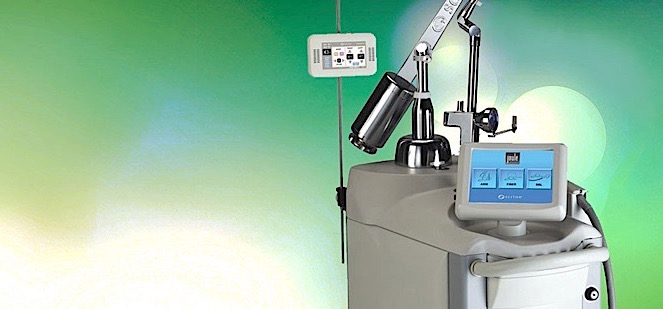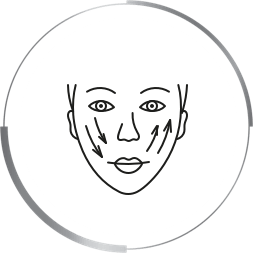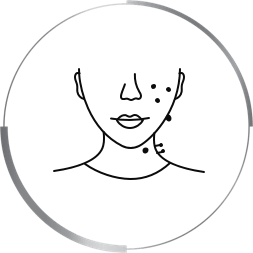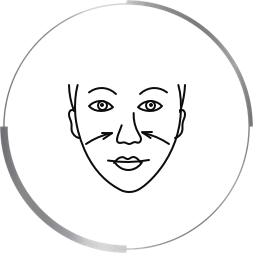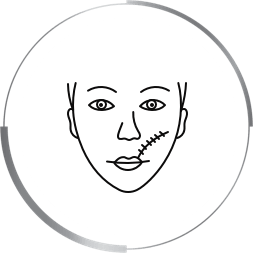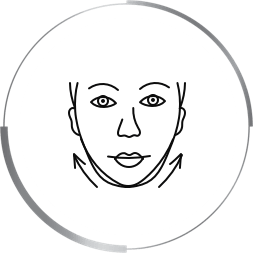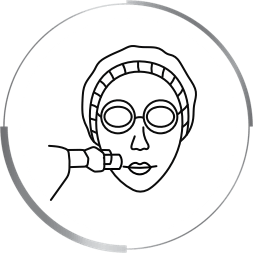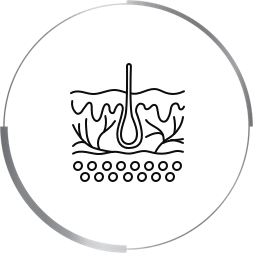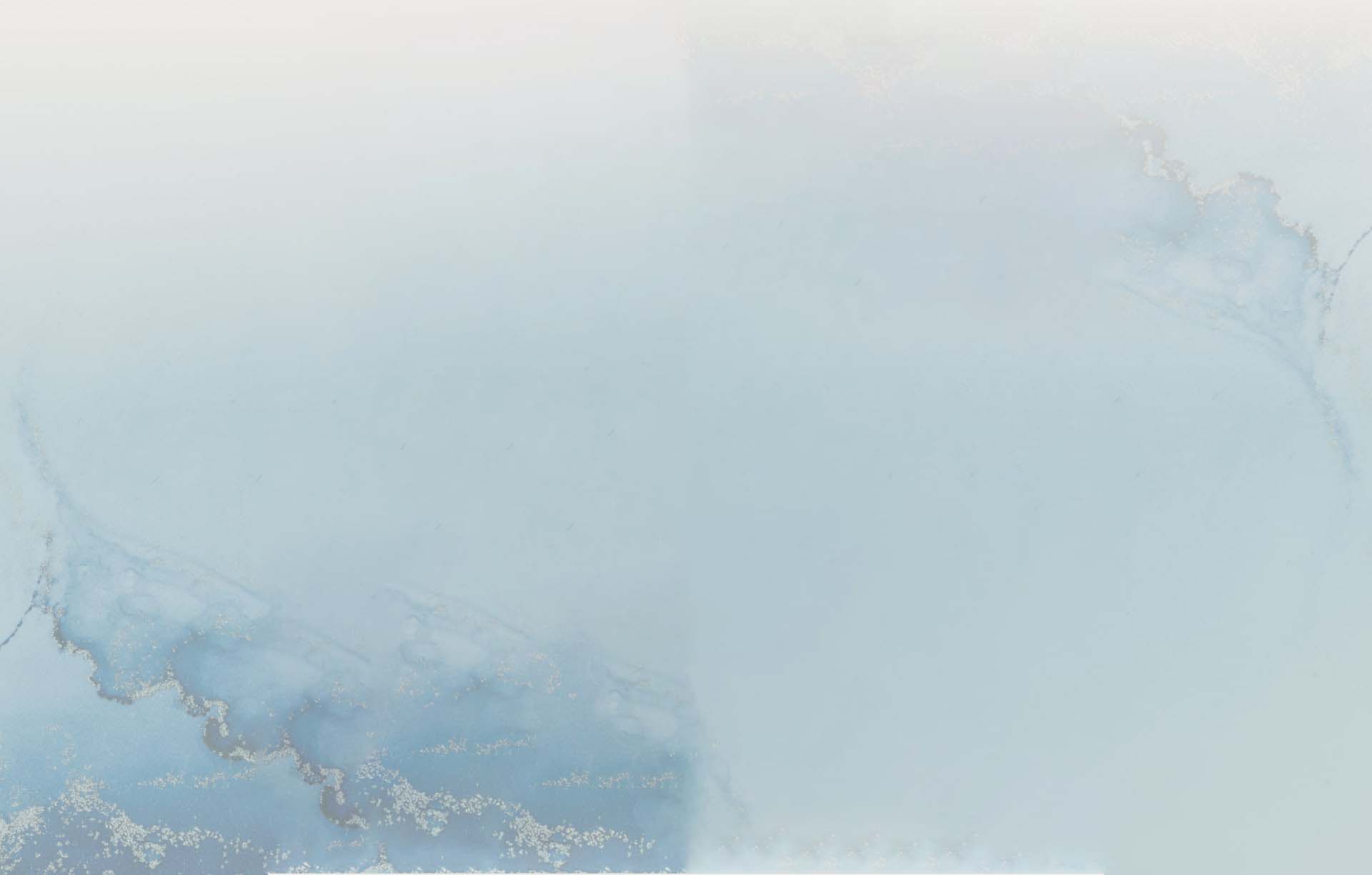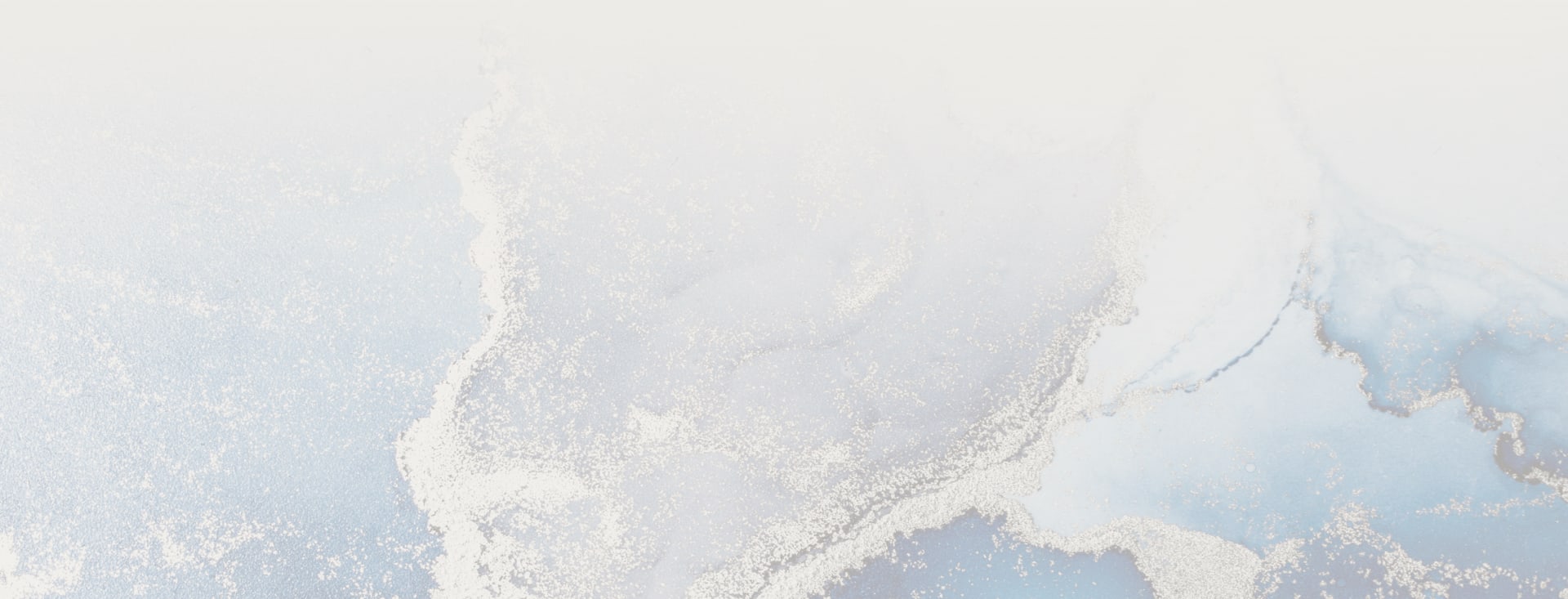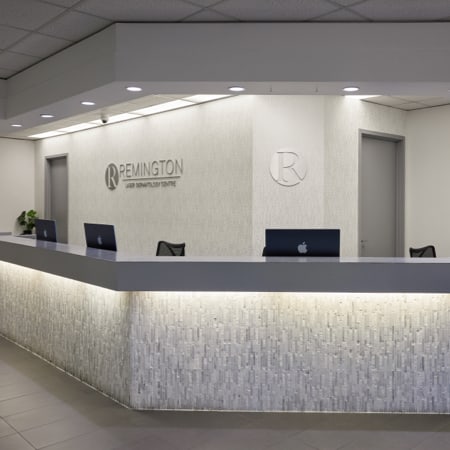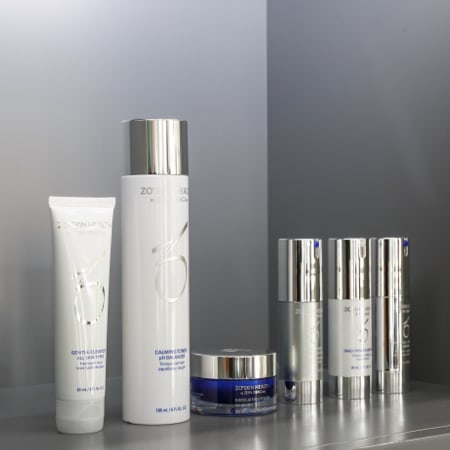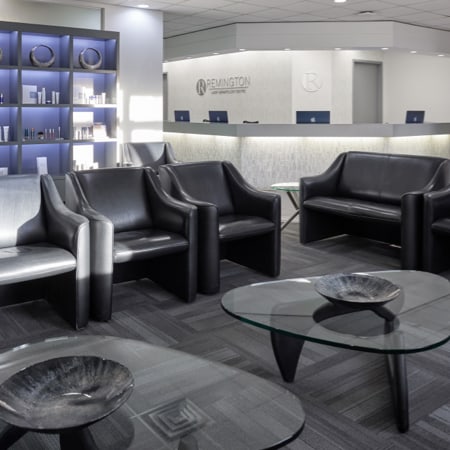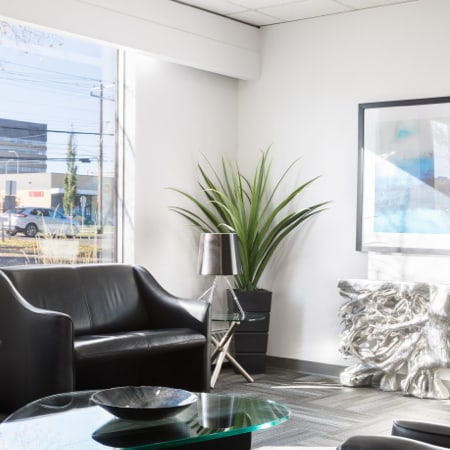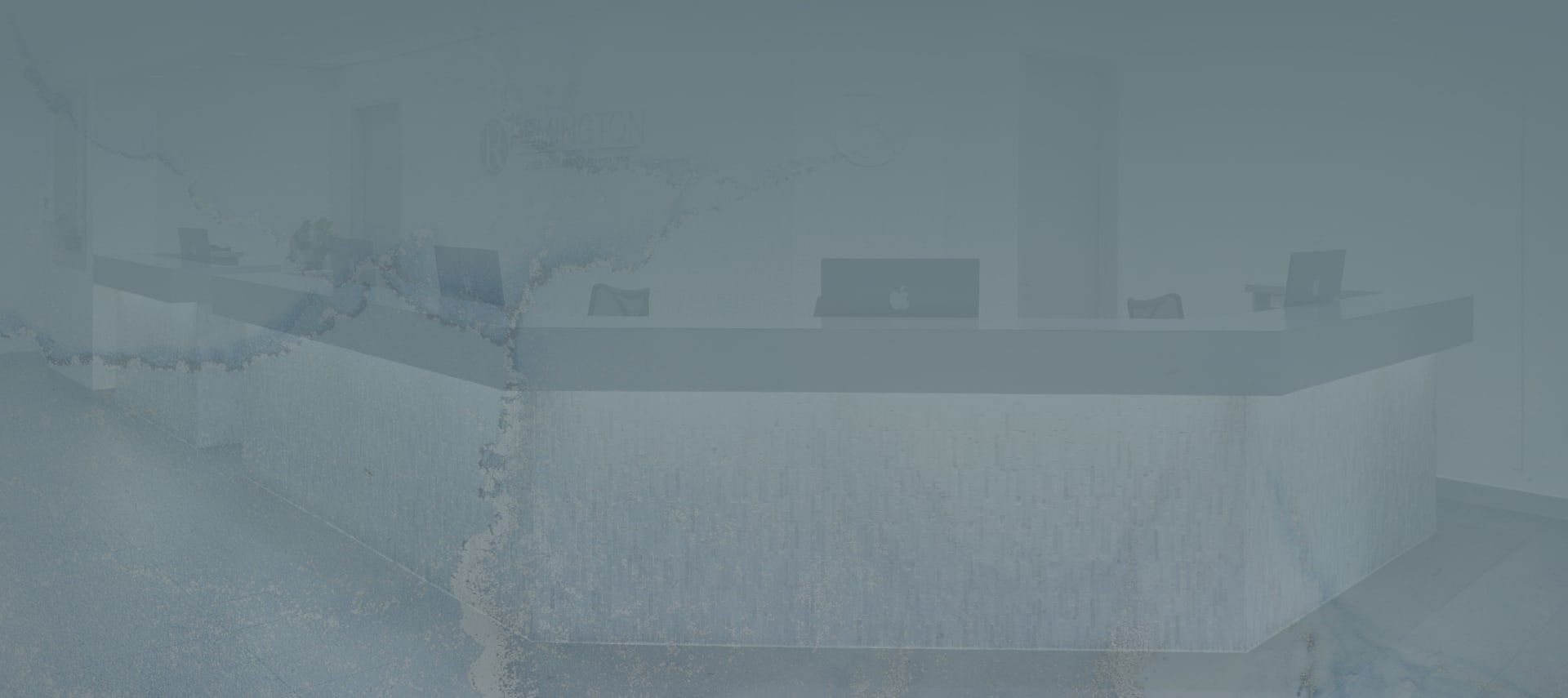Combining procedures for further enhancement of patient’s results is an increasing trend in aesthetic medicine with the combination of a Sciton laser peel and other common aesthetic procedures at the forefront. The Contour is a dual-pulse mode erbium-YAG module for the high-performance Profile laser system from Sciton, Inc. (Palo Alto, Calif.)…
“Heat is the enemy with all resurfacing lasers,” said B. Kent Remington, M.D., a dermatologist in private practice in Calgary, Alberta, Canada. “Compared to C02 lasers, erbium-YAG lasers are much cooler and offer greater control. The dual-pulse mode Sciton laser offers the precise ability to control the amount of microns of ablation. It is like a precise computerized eraser.
You can also control the amount of coagulation of collagen and skin.” Sciton’s proprietary MicroLaserPeel in combination with Botox®️ is a popular combination. “By relaxing the muscles with Botox®️ prior to a MicroLaserPeel, healing is much smoother and results are so much better than either procedure performed alone,” Dr. Remington stated.
Botox®️ is injected seven to ten days prior to the planned Sciton peel. “Only one peel session is needed, if you do it correctly,” he said. “Patients should notice an 80% improvement in wrinkles.” Results should last for years, according to Dr. Remington, assuming patients adhere to sun precautions, use topical Retin-A or retinoids to maintain texture and tone, and schedule Botox®️ three times a year. Using a filler such as Restylane about three months after a session with the Contour laser also prolongs results.
“I like Restylane because no skin test is required and it lasts twice as long as collagen,” Dr. Remington said. “Restylane helps mold and blend those folds and wrinkles that remain after resurfacing.” By administering fillers two to three times over a six-month period, “the longevity of the peel is about two years.”
Dr. Remington also prescribes Tazorac (tazorotene) as a skincare maintenance program at least one month before a Contour laser peel and afterwards. With the MicroLaserPeel downtime compares favorably to even the newer technologies. “Patients are surprised how quickly they heal,” Dr. Remington conveyed. “Most patients can return to work within seven to ten days, and women can wear foundation makeup within that same time frame. Recovery time is twice as fast as C02 lasers and there is much less downtime during the initial postoperative phase.”
“Patients achieve some skin rejuvenation with fixed downtime,” said Jason Pozner, M.D., a plastic surgeon in private practice in Boca Raton, Fla. “Downtime is depth-dependent. It can range from one to five days.” Dr. Pozner is the inventor of the Arctic Peel, a version of the MicroLaserPeel that uses forced cold air to cool the skin without any topical anesthetic.
“We consider the Arctic Peel equivalent to a high-end microdermabrasion,” Dr. Pozner said. “One session of the lunch-time Arctic Peel achieves the same results as three or four sessions of microdermabrasion.
Dr. Pozner also includes cold-air with MicroLaserPeel to minimize patient discomfort. “Today, most people desire instant gratification,” noted Dr. Pozner, an assistant professor of surgery at the University of Miami. “By scheduling the Sciton’s Contour laser first, followed by a skincare line, we can really shorten the timeline to seeing nice skin.”
Both Drs. Remington and Pozner have been featured speakers on Sciton’s educational webinar program (www.sciton.com). This is a value-added service to customers that allow them to be in contact with other physicians, plus learn tips, techniques and new procedures with Sciton products.
Contacts:
B. Kent Remington, M.D. voice (403) 252-7784 fax (403) 259-5245 email: [email protected]

